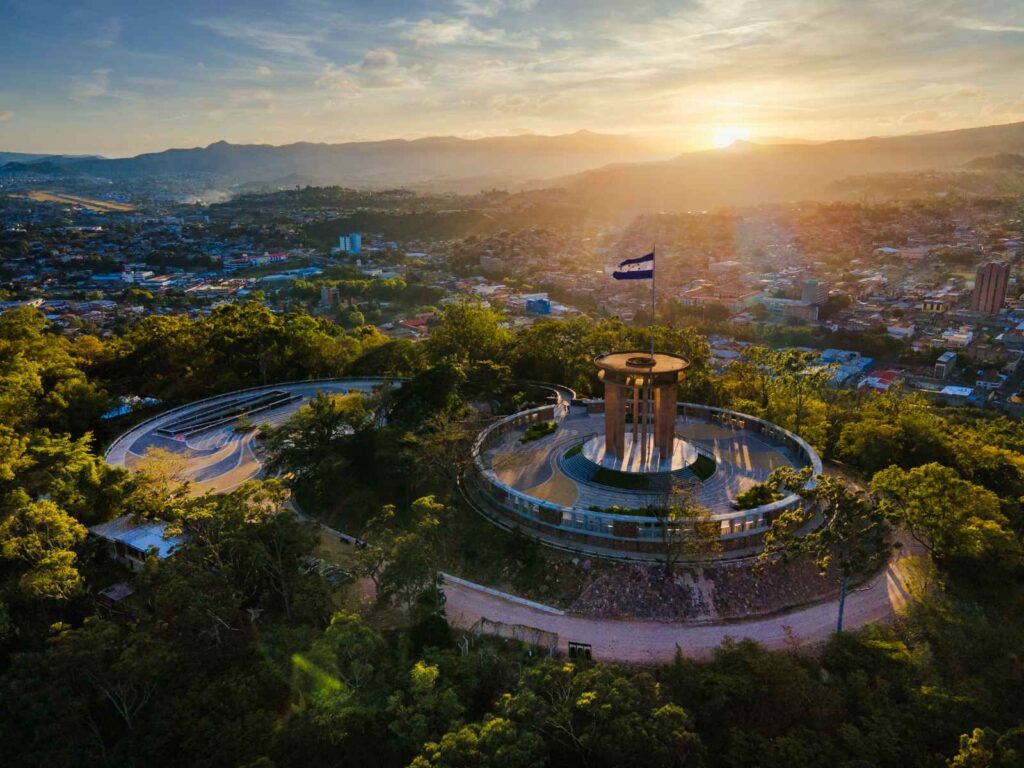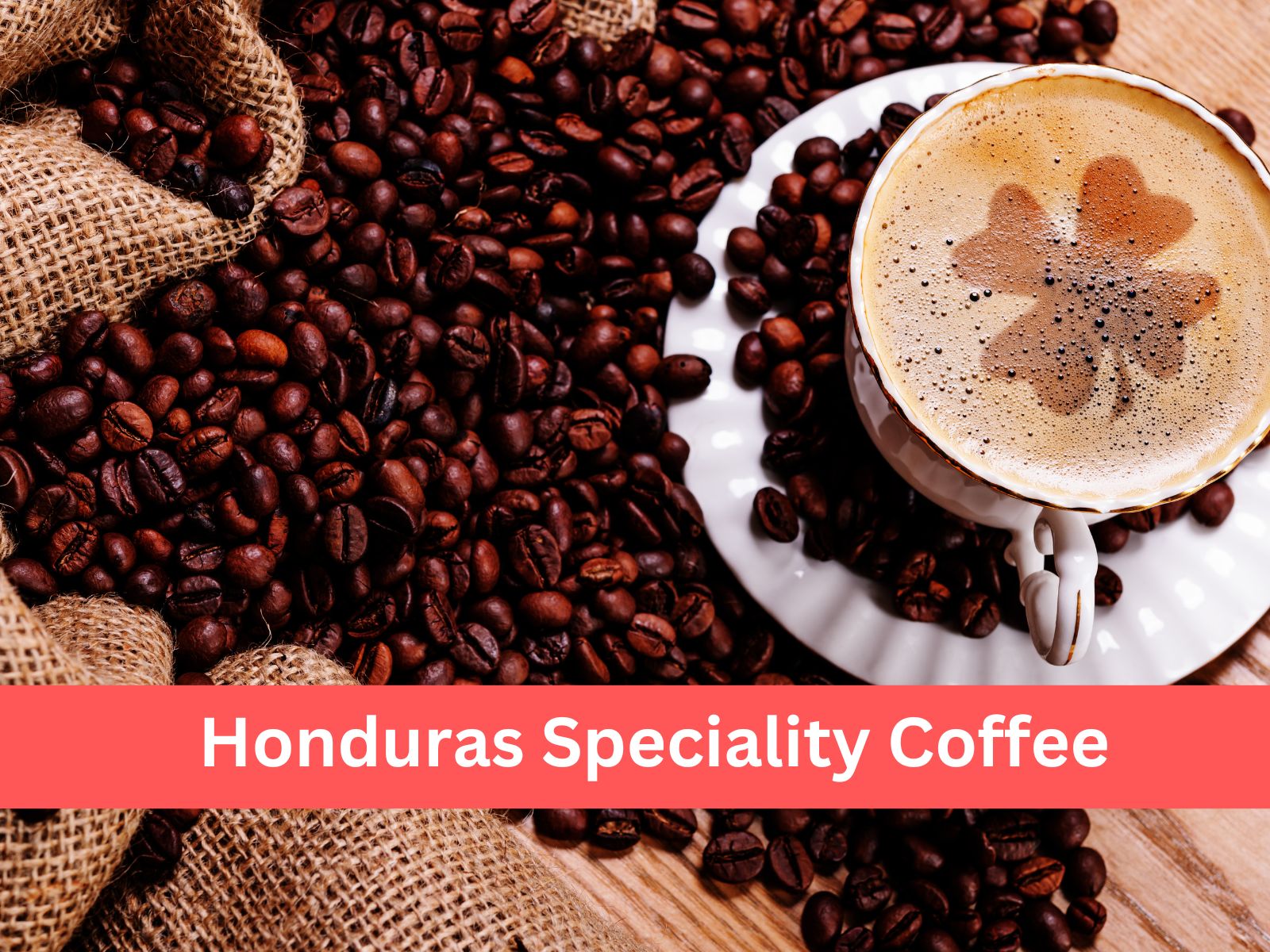Introduction(Honduras Speciality Coffee )
Intricately woven into Honduran customs and culture is Speciality coffee of Honduras. Vibrant coffee ceremonies and customs are used throughout the nation to commemorate its coffee legacy. These rituals frequently entail coffee preparation and presentation, emphasizing the artistry and expertise involved.
Participating in these customs provides a special chance to learn more about the significance of coffee and establish a connection with the local way of life. For those who love coffee, traveling to Honduras offers a fascinating chance to go on tours and see plantations that specialize in coffee.
Honduras ranks among the top six coffee-producing nations in the world. Even though a large portion of the coffee is blended with beans from other nations, it has a wonderful flavor and aroma all by itself.
Being the leading producer in Central America and the third largest in Latin America, Honduras is a prolific producer of coffee, ranking fifth in the world rankings.
In addition to being home to a sizable smallholder producer population and a thriving specialty coffee honduras
business, this nation will host the Producer & Roaster Forum the following year, which will draw over a thousand coffee industry professionals from throughout the globe as well as producers from Central America.
The Rich History of Coffee in Honduras

Honduras, once renowned for its bananas, experienced a decline in production in the 1950s due to diversification. However, coffee production began in the 1960s, primarily cultivated by small-scale farmers in mountainous areas.
Increased international demand, government support, and population growth contributed to its growth. The International Coffee Agreement in the 1960s further bolstered specialty coffee Honduras industry.
The amount of coffee produced nationally increased by more than 200 percent between 1970 and 1996. Coffee rose to prominence as a commodity export, surpassing bananas in importance and becoming the nation the ninth-largest producer of coffee globally.
Cultivation and Processing Methods
Honduras’ coffee industry is dominated by specialist smallholders, who organize cooperatives like the Cooperativa Cafetalera Capucas Limitada (COCAFAL) to improve living standards. With about 102,000 farms producing the entire yield, 90% are smallholdings, a million jobs depend on this industry.
The focus on environmentally friendly growing and high quality has resulted in the success of specialty coffee Honduras, which are now being marketed in the USA and Europe by large chains of coffee shops. Despite the high quality of the beans, coffee was once the second or third choice for many specialty coffee Honduras natives.
However, international café culture has been gaining popularity in larger cities, with Tegucigalpa being home to “third wave” cafés based on the US blueprint. The simple method of preparation and international café culture have made Honduras a popular destination for coffee enthusiasts.
Flavor Profiles and Varietals of Honduras Coffee(Honduras Speciality Coffee )

A coffee’s flavor notes can be influenced by a variety of factors, including its origin, roast profile, brewing method, etc. The origin of the coffee—or its place of origin—is arguably the most important consideration. Coffees from various continents differ in flavor from one another overall.
The majority of specialty coffee Honduras are fairly sweet, have a nice body and mouthfeel, and have a nice acidity. Honduran coffees typically have overtones of milk chocolate, caramel, honey, and nuts in their flavor profile. These are typically thought of as the “no fuss” coffees that are easy to enjoy and have every day.
There are also some very fruity specialty coffee Honduras, though they are less frequent. Higher altitude varieties are typically quite sour and taste a lot like red fruits. Consider fruits such as apples, cherries, red grapes, etc. Others, similar to consuming fruit teas, may also be lighter and have delicate fruit flavors (such as melon, honeydew and much more.
Coffee varieties are an underappreciated feature. However, they have a significant impact on the cost and flavor of coffee. As a matter of fact, two distinct varieties from the same farm will have different tastes and prices.
Varietals including Bourbon, Typica, and Pacamara are widely grown throughout Central America. The intricacy of these varieties is well known. They do not, however, produce much and are susceptible to coffee berry disease and leaf rust.
Producers typically use less complicated, better yielding varieties as their base, such as Caturra or Catimor (known as Lempira in Honduras), and blend them with other varietals, primarily Bourbon.
Sustainable Practices in Honduran Coffee Production
The majority of coffee in Honduras is wet processed or washed. This is traditionally accomplished by soaking the coffee cherries in water to extract the mucilage and skin, leaving only the seed.
Some companies have modified this procedure so that the coffee cherries are depulped by machines instead of using as much water. In any case, the end product of this processing technique is coffee that tastes consistent and pure.
Although they are less prevalent, Honduran honey and natural processed coffees are occasionally available. These processing techniques produce coffees that are heavier and more fruity. But because Honduras gets a lot of rain, these techniques are less common.
Tips for Brewing and Enjoying Honduran Specialty Coffee

Coffee brewing gives you the freedom to tailor your coffee experience to your tastes. Take into account these elements to make the ideal cup of Honduran coffee:
- Selecting the right brewing technique: Different brewing techniques bring out distinct flavors in the coffee grinds. Try out a few different approaches to determine which one best fits your needs.
- Ratio of coffee to water and size of grind: To achieve optimal extraction, the appropriate balance between the amount of water and coffee must be found. The extraction rate is also influenced by the size of the ground coffee beans; finer grinds require less
brewing time.
- Temperature at which to brew and length of extraction: For the best Honduran coffee, the temperature should be between 195°F and 205°F (90°C and 96°C). To ensure optimal flavor extraction, the extraction period should also be modified according to the brewing technique.
Also Read
- Honduras Coffee Culture; A Story of Beans and Traditions
- Embark on a Flavor Quest: Uncover the World’s Most Distinctive Coffee Tastes
Conclusion
A wonderful and complex coffee experience worth discovering may be had with the best Honduran coffee. Honduras has made a name for itself as a leading producer of coffee thanks to its distinctive qualities, long history, sustainable agricultural methods, and superb flavors.
You can enjoy a better cup of coffee and help the communities that grow coffee by purchasing the best Honduran coffee. So the next time you want to have a special cup of coffee, grab a bag of the best Honduran coffee and enjoy all the flavors, scents, and culture that this outstanding brew has to offer.
FAQs
Does Honduras grow coffee beans?
Honduras grows a large portion of coffee blended with beans from other nations. It has a wonderful flavor and aroma all by itself.
Is Honduras coffee dark or light?
Honduras coffee is mainly dark in color. Originating from the central highlands of Honduras, these dark roasted beans are grown only at elevations between 4,800 and 6,400 feet.
What is Honduras’s export of coffee worth?
Honduras’ coffee exports were worth approximately 1.5 billion US dollars.
What size grind is ideal for Honduran coffee?
When measuring your coffee beans, use around 2 tablespoons for each cup. For filter coffee, a medium grind is perfect; for espresso, a fine grind works best.

